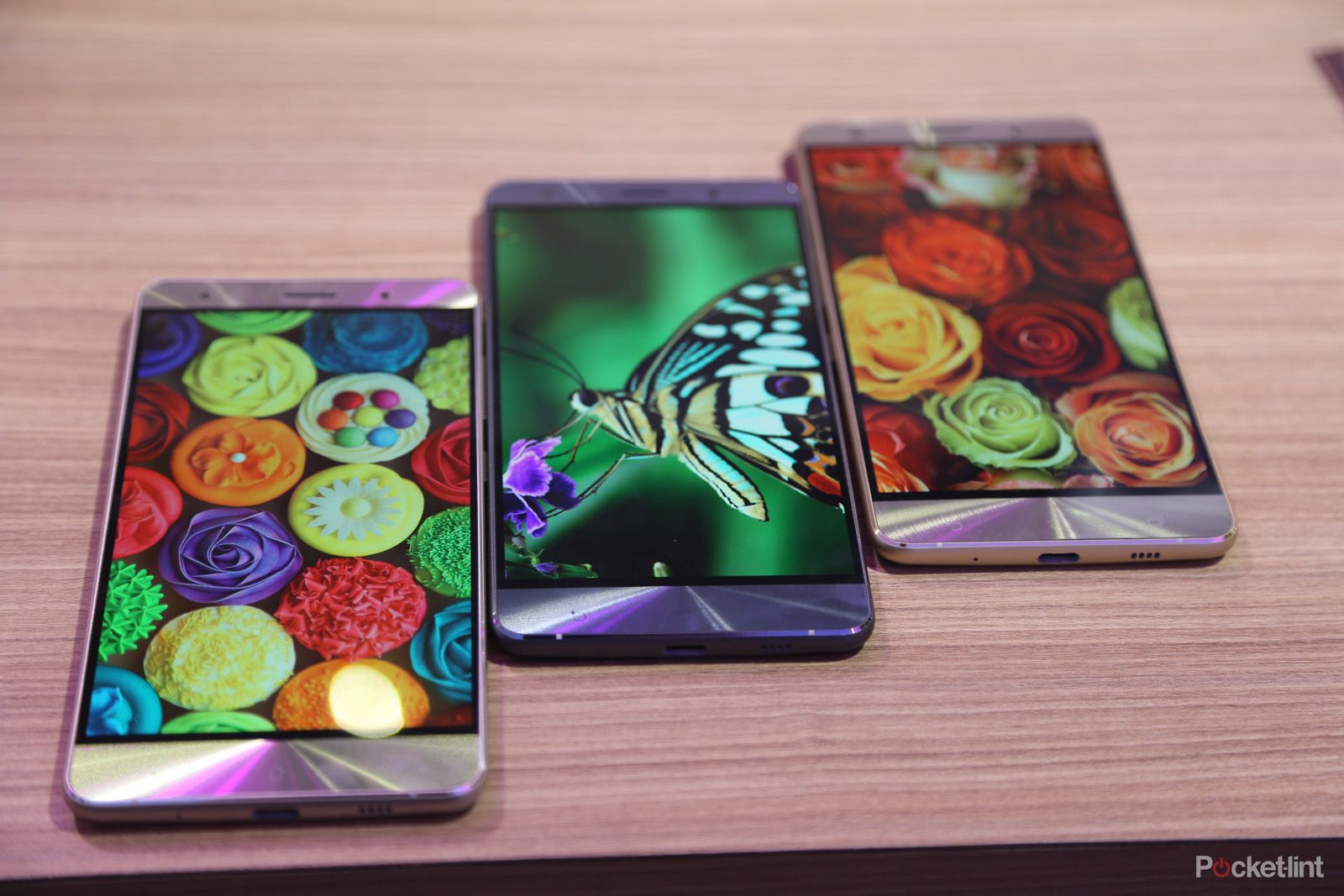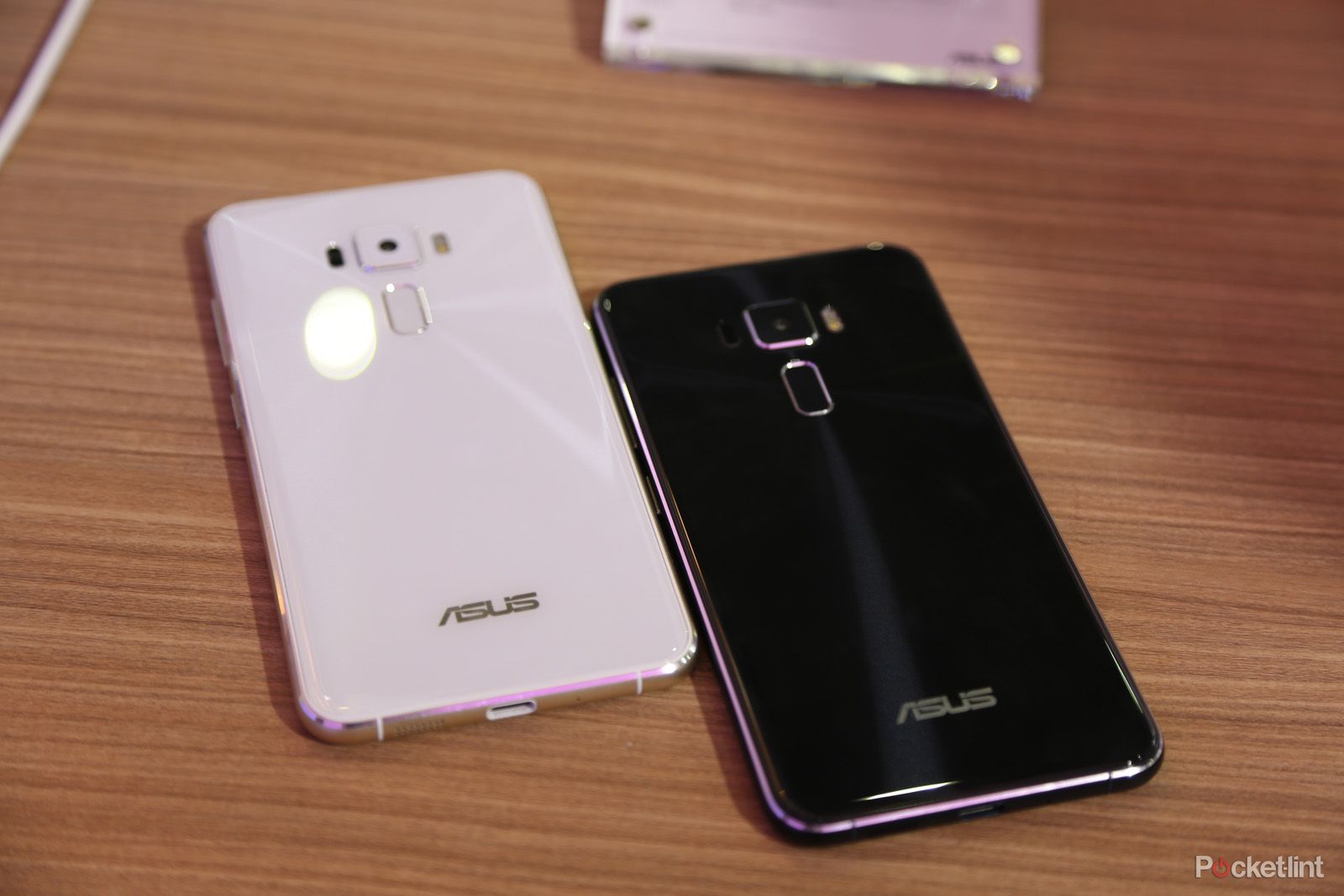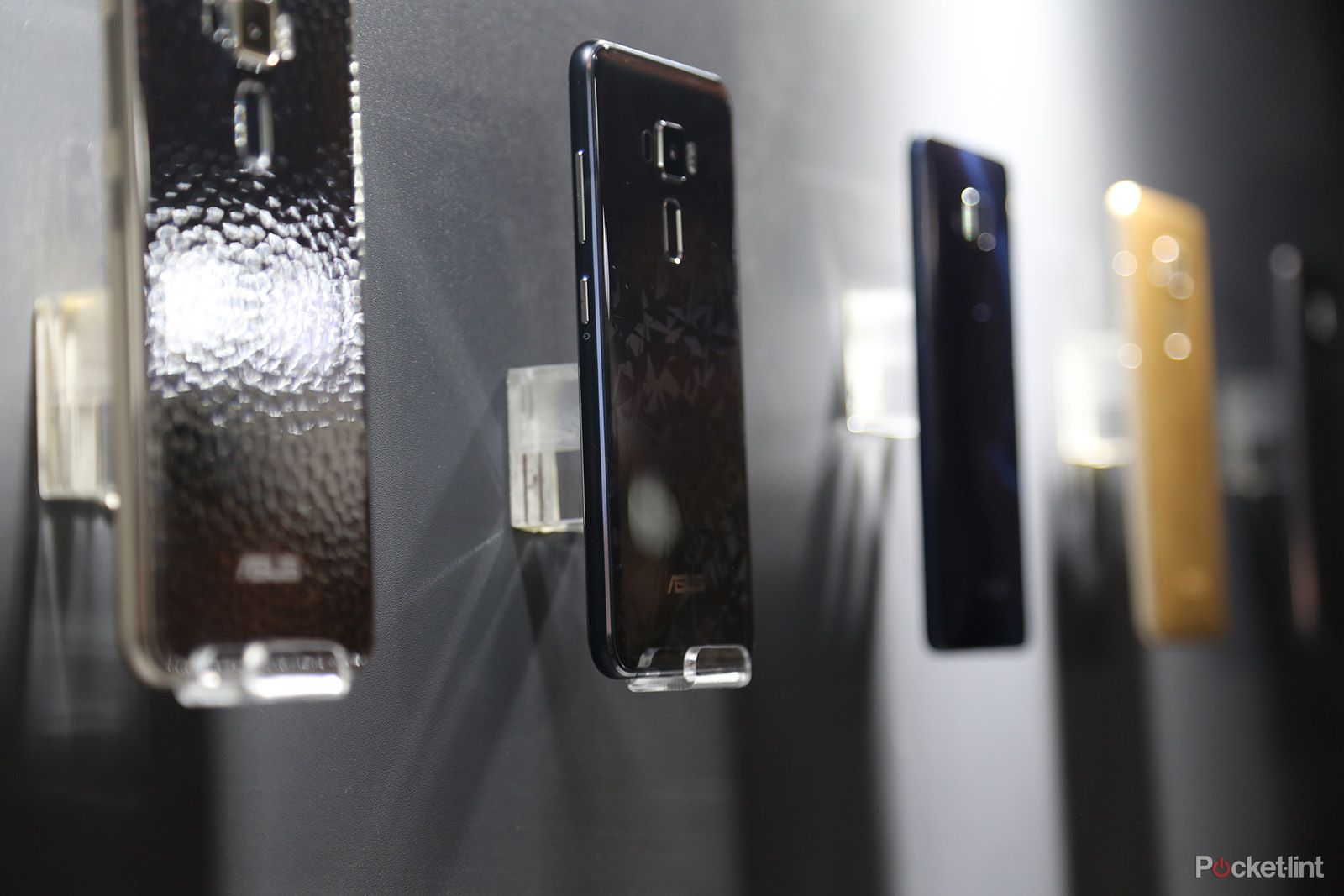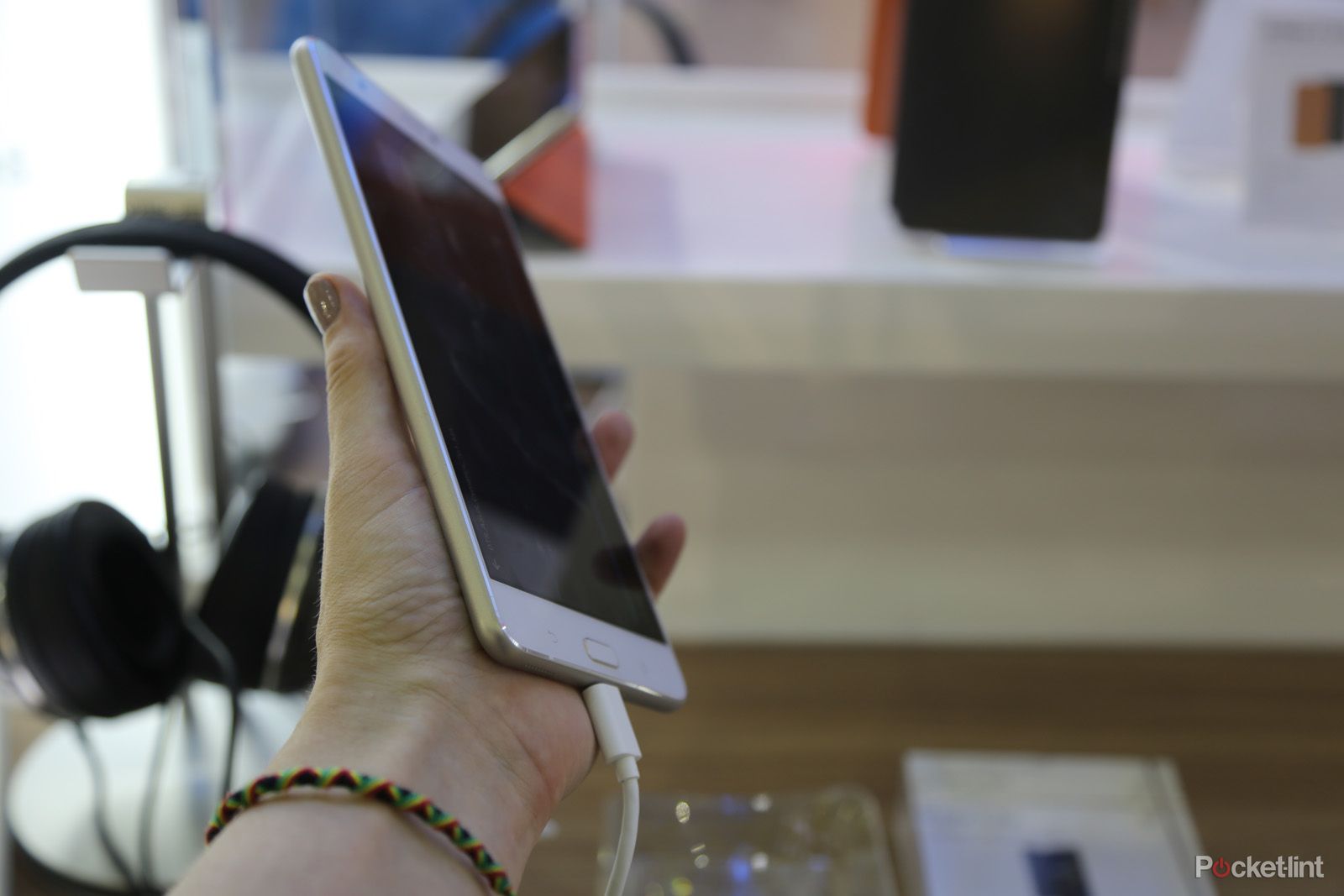Asus has stealthily been building up quite the smartphone following over the past two years since it launched the Zenfone series.
Our quick take
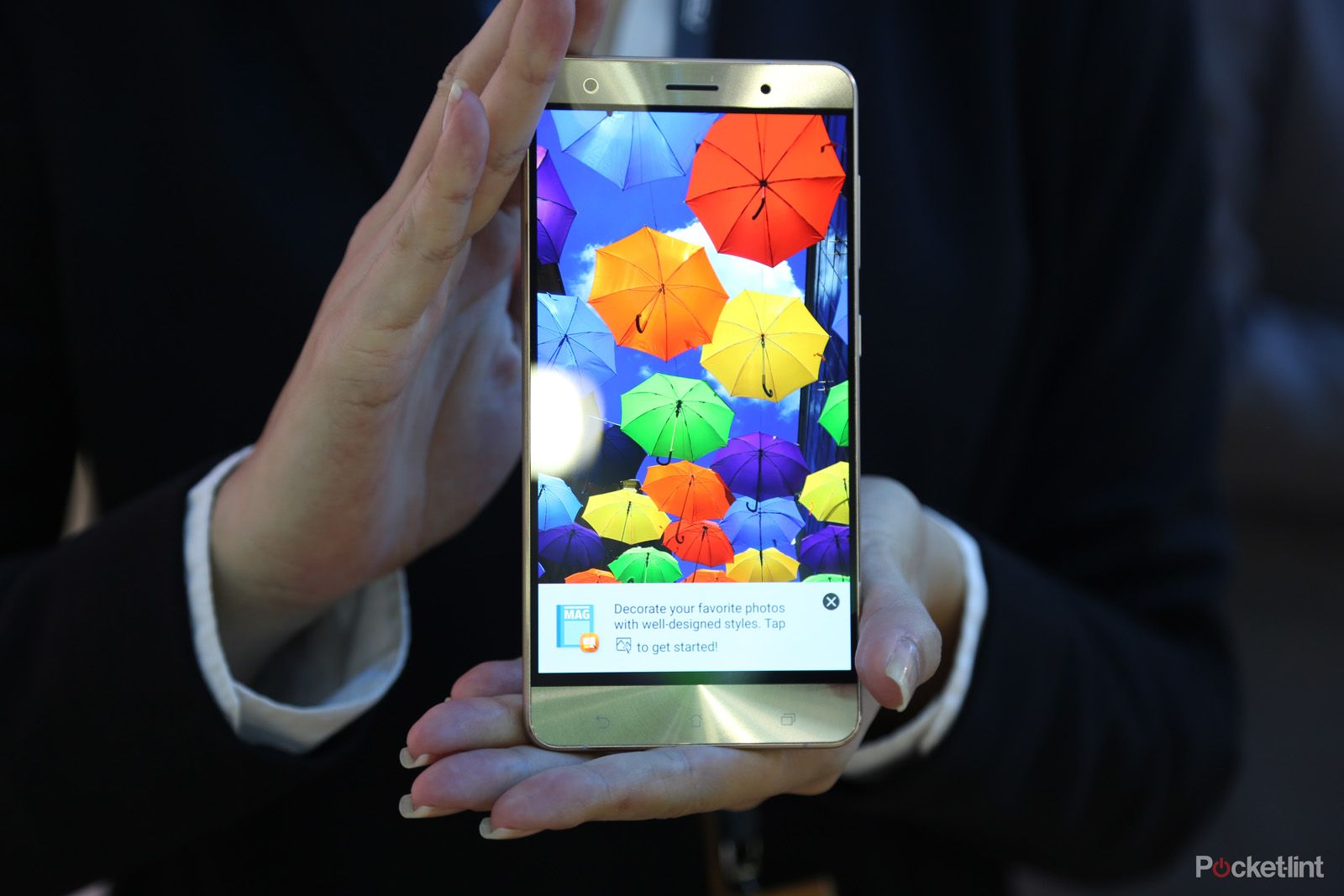
Asus Zenfone 3, Zenfone Deluxe and Zenfone Ultra p
| FOR | AGAINST |
|---|---|
|
|
|
Asus ZenFone 3
According to the company, the Zenfone and Zenfone 2 have hit user rates of 30 million in 30 markets. The launch of the new Zenfone 3 series, with great specs and some seriously handsome variations, looks like it could push those numbers up higher still.
Getting down to business, the main models are the Asus Zenfone 3, the mammoth Zenfone Ultra and the aptly named flagship model, the Zenfone Deluxe.
Asus Zenfone Deluxe: Details and specs
Let’s start off with the Deluxe. We could talk about the 5.7-inch Full HD Super AMOLED display. with Gorilla Glass 4 and its higher than 100 per cent colour gamut, but we know that what will really attract people is the whopping 23-megapixel camera. The results on display on the Computex show floor looked pretty impressive.
The latest Sony IMX318 image sensor, plus ASUS TriTech autofocus system allow the camera to retain focus on moving objects at a rate of 0.03 seconds and, combined with the 3-axis EIS (Electronic Image Stabilization), you are going to get some seriously good and steady 4K UHD video action. There’s also a front facing 8-megapixel camera, to boot.
There’s a fingerprint sensor on the rear, doing away with the need for pesky lock codes and making the deluxe snoop-proof. You can also swipe it to summon up the selfie camera then tap it to take the shot, which is quite an elegant solution for those who like to enjoy a seamless bit of pose and shoot. Should you get a call mid-pose you can double tap the sensor to answer.
The scanner also allows for the storage of up to five individual prints which you can then use to launch specific apps which seems quite nifty.
Asus claims its 5-way magnet speaker system, which features on the Zenphone 3 too, offers sound "four times better quality than a CD", thanks to with 24-bit/192kHz playback. That's impressive for a mobile.
The unibody all metal chassis is comfortable to hold in the hand due to its curved design. This leads to a reassuringly secure hold too. The Deluxe is just 4.22mm thick with slim 1.3mm bezels giving a 79 per cent screen to body ratio. The bezels feature Asus' spun metal finish and are quite the feature in their own right.
The Deluxe comes in a choice of Titanium Grey, Glacier Silver or Sand Gold and boy do those handsets shine.
It can be spec'ed with up to 6GB of RAM, 256GB storage and interestingly runs on the Qualcomm Snapdragon 820 processor, marking the apparent bowing out of long term Asus partner Intel in the mobile category.
The USB-C connection allows for extremely rapid charging of the 3000mah battery. Asus puts it at 60 per cent charge in just 39 minutes and up to 10 times faster data transfer. For those that need to run a second SIM card, the microSD card slot can alternatively hold a nano SIM – this is a feature across all three models.
Asus Zefone 3: Details and specs
Onto the Zenfone 3. This is a tidy piece. Again, it fits nicely in the hand and feels secure and comfortable. The screen features a 5.5-inch FHD Super IPS+ display with 500 nits of brightness, suggesting readability outdoors will be excellent. It certainly looked bright enough on the show floor.
The fingerprint sensor can be found on the home button and has the same capabilities as the sister phones' version. The rear camera on the Zenfone 3 is 16-megapixel, but has the same OIS and EIS capabilities as the Deluxe and 4K video recording capabilities. The front 8-megapixel camera is exactly the same as the one on the Deluxe.
In terms of memory, the Zenphone 3 has up to 4GB RAM and up to 64GB of storage, and it’s running on the less powerful octa-core Snapdragon 625. Both the Zenfone 3 and the Deluxe have a 3,000mAh battery, but the Zenfone 3 lacks the quick charge capability.
The Zenphone 3 comes in four colour choices – Shimmer Gold, Aqua Blue, Sapphire Black, and Moonlight White. For the real lookers though, check out the Artisan Series editions. From the snazzy sparkly Nebula to the three interpretations of water these would be sure to catch the eye and would put paid to any ideas you might have about hiding them away under a generic cover. Word is that these editions will also be available for the Deluxe models too.
But now for the real star of the series, the aptly named Zenfone Ultra.
Asus Zenfone Ultra: Details and specs
At first glance and in the hand, the Zenphone Ultra seems unnecessarily large and unwieldy for a phone. But that's the mindset behind the Ultra. It’s designed for people who don’t make calls. After all, it has a 6.8-inch Full HD display.
If you think this sounds odd, Asus contends that 20 per cent of people in the UK don’t make a single call in a month, preferring to use IM services instead. In fact, phone calls are only the sixth most used scenario, with web-browsing, music, games, videos and messaging taking the top five spots.
And once you put on a video everything falls into place. The audio on the Ultra is absolutely fantastic.
We watched a quick extract from The Martian and it was mind blowing - the 7.1 surround sound with DTS transports you to home cinema levels of enjoyment. The 4K-TV grade optimisation completes the picture and both of these would be thoroughly wasted on a smaller display.
We immediately moved onto listening to some full on bass-heavy music. Again, outstanding. If you are fond of watching movies or listening to music on your phone – in which case you will likely already have some kickass headphones - then this could very well be the phone for you.
The Ultra is uniformly 6.8mm thick with slim bezels of 2.4mm (a 79 per cent screen to body ratio) and that aforementioned 6.8-inch FHD IPS display. It offers the same camera specifications as the Deluxe with 23-megapixel rear and 8-megapixel snapper on the front. It’s also running on an octa-core Snapdragon 652 but the GPU is bigger than the Zenfone 3, presumably to accommodate the 4K capability.
The Zenphone Ultra has a whopping 4,600 mAh battery – which you’re going to need if you’re devouring video on your device - and Qualcomm’s Quick Charge 3.0 although no info was proffered for charge times. You can also jump start another phone with the powerbank mode that permits three times faster reverse charging.
The Ultra is clearly intended as a personal mobile entertainment device and we look forward to getting our hands on it so we can see how that battery holds up in real life.
So what will these pretty models set you back? The Zenfone Deluxe is set at the $499 (around £340) mark for the 6GB/64GB model, the Zenfone 3 with 3GB /32GB starts at $249 (£170) and the lowest spec Zenfone Ultra starts at $479, or around £330 pounds. Release dates for the UK were not available but we’ll be sure to keep you in the loop.
READ: Asus ZenFone 3 Zoom preview: The mid-ranger cameraphone

